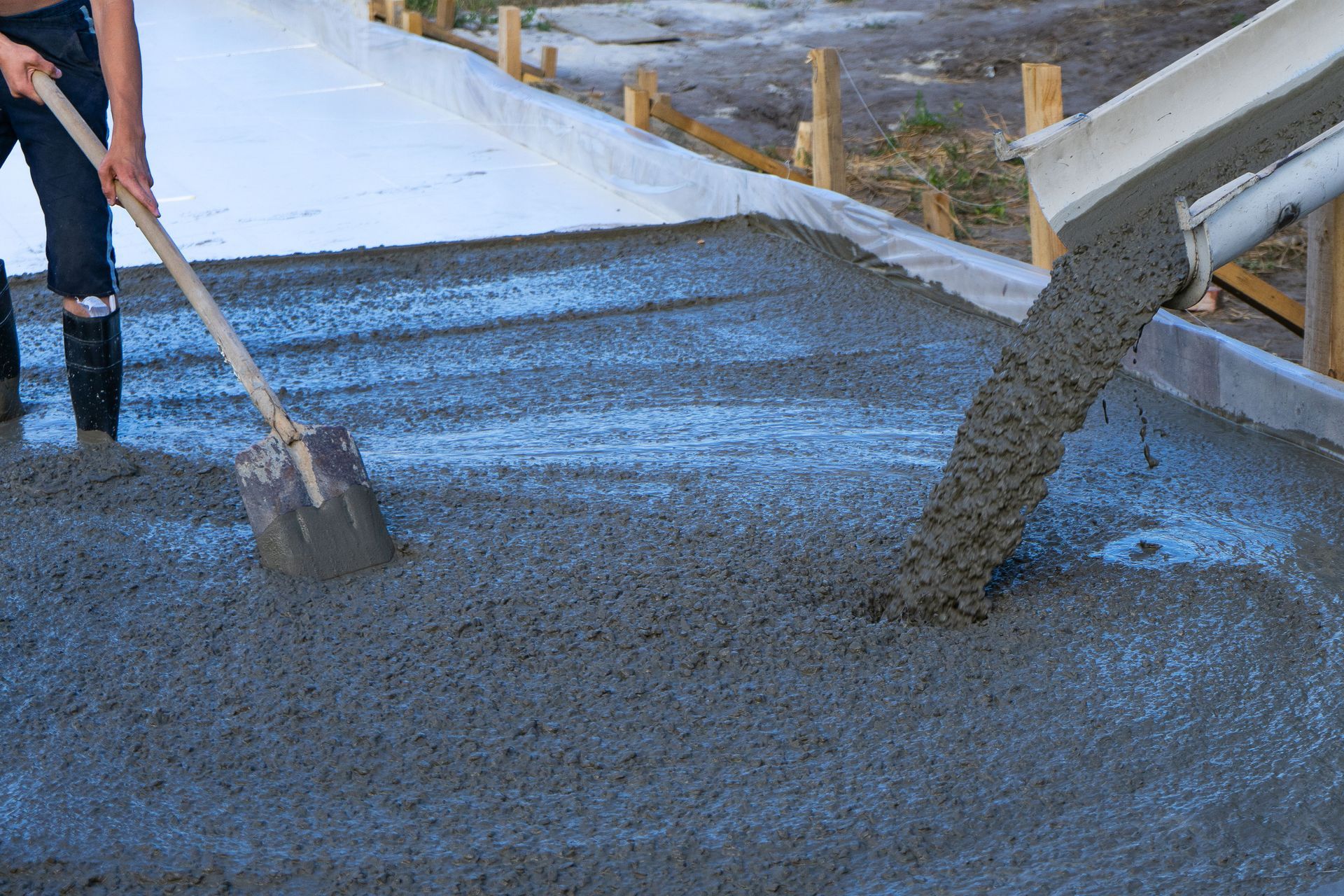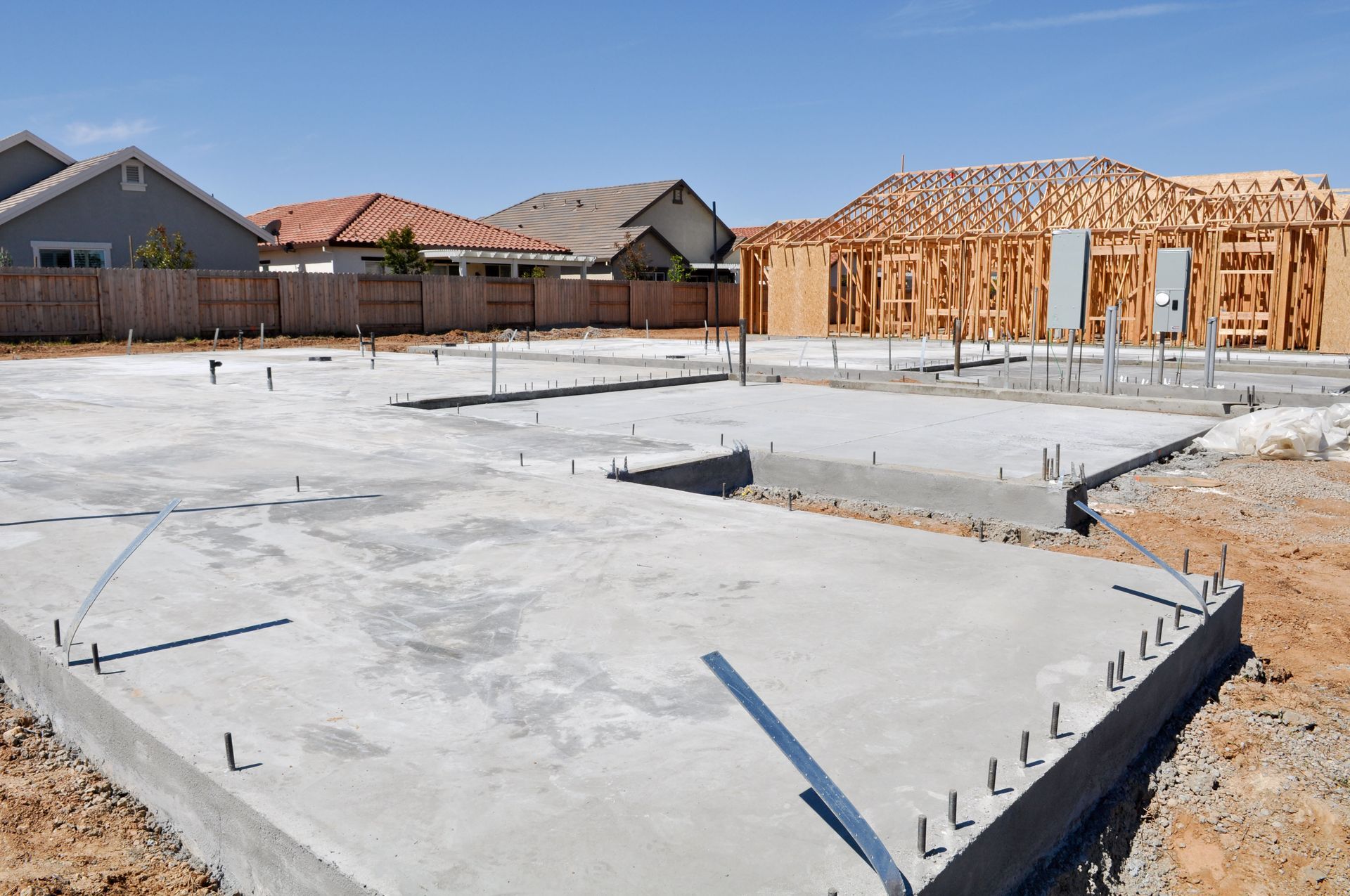5 Ways That Home Foundations Have Evolved Throughout the Years
Home foundations are critical in structural integrity and energy efficiency. As construction methods and materials have improved over time, foundation design has steadily evolved. If you're curious about the history of residential foundations, here are five key ways they've changed through the decades.
1. Durable Materials
Early home foundations were made purely from stone or brick. By the 1900s, concrete became a more common material for its durability and moldability, according to Concrete Network. Today, most foundation contractors use reinforced concrete with steel rebar. This creates an incredibly sturdy base. Contractors can also waterproof concrete to prevent moisture issues.
2. Insulation Standards
Older foundations were rarely insulated, allowing heat loss through the slab. But, as energy codes have evolved, insulation requirements were added. Today's building codes demand high-grade insulation under slabs and around a foundation's perimeter. This greatly cuts heat transfer and reduces energy costs. Insulated foundations are now the norm.
3. Moisture Barrier Protection
Early concrete slabs didn't account for soil moisture and gases that could penetrate the foundation. When vapor barriers were introduced in the 1950s, it transformed moisture protection, according to Concrete Network. Modern barrier products from foundation contractors are exceptionally effective at blocking moisture penetration. This preserves the slab and prevents indoor humidity.
4. Termite Prevention Methods
Termites and other wood-boring insects can devastate a home’s structure. So, modern foundations often integrate pest control barriers. Non-toxic physical and chemical barriers deter termites from burrowing through slabs. Some foundation contractors may also pre-treat soil beneath the slab with pesticide as an added measure. These preventative steps reduce the need for pest control later.
5. Advanced Framing Techniques
How foundations connect to the rest of the structure has improved over time, too. Older homes used bulky framed walls sitting atop slab edges. According to the National Association of Home Builders, more than 50% of houses in the United States were built prior to 1980. However, recent framing innovations allow thinner stem walls, saving space and materials. Foundation contractors now use advanced techniques like overhead anchoring that tightly secures the base to the building frame for maximum stability.
It’s amazing to see how much foundations have changed through the years thanks to new technologies. Partnering with knowledgeable
foundation contractors ensures you utilize the most modern materials and methods. If your home’s foundation needs an upgrade, don’t settle for outdated techniques. Take advantage of all the innovations available today. Call Barrett Construction to start the process.



Share On: